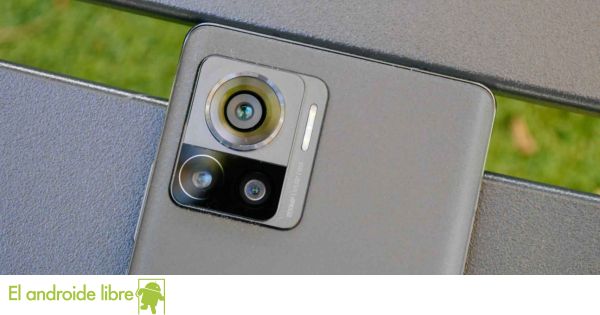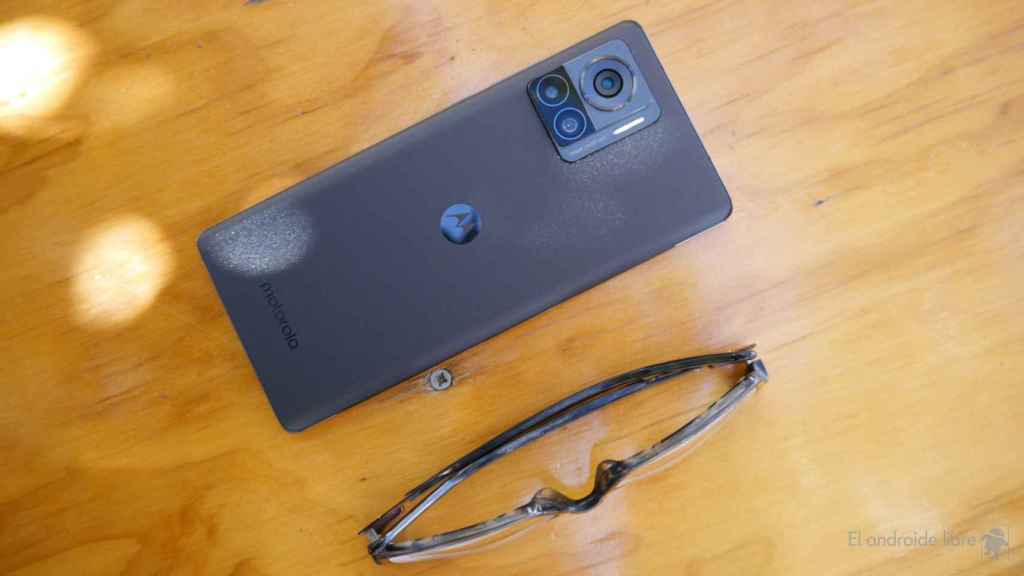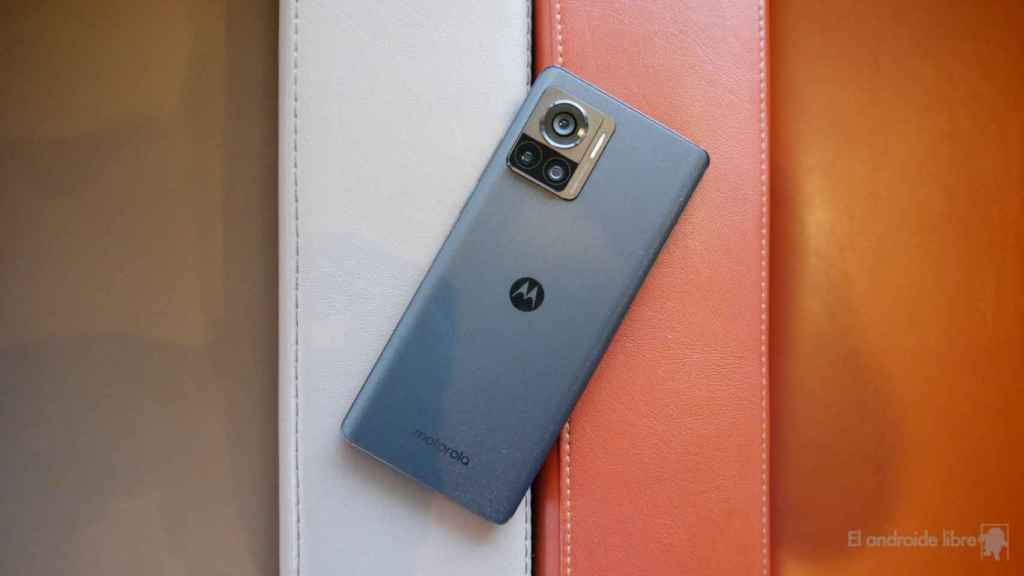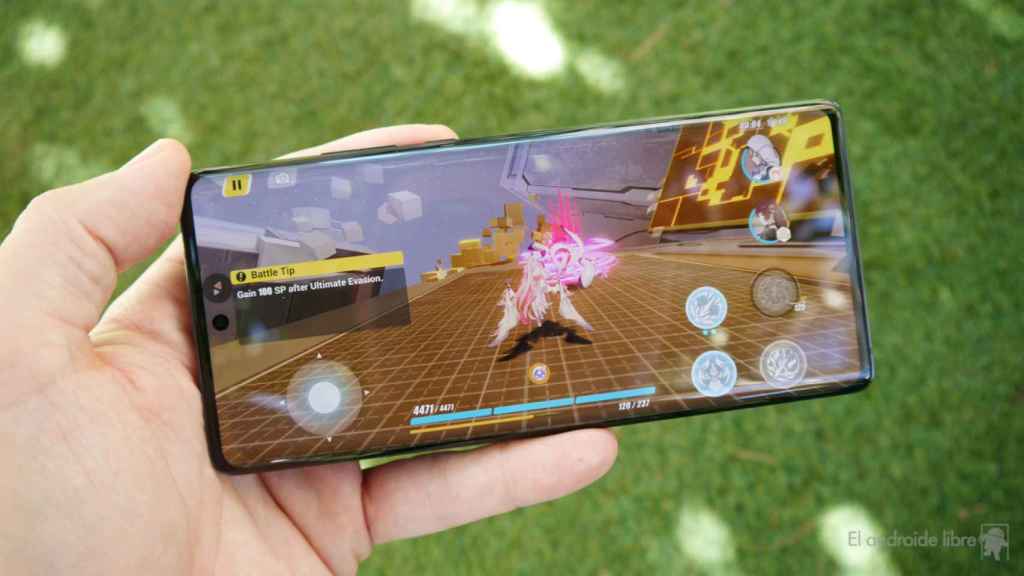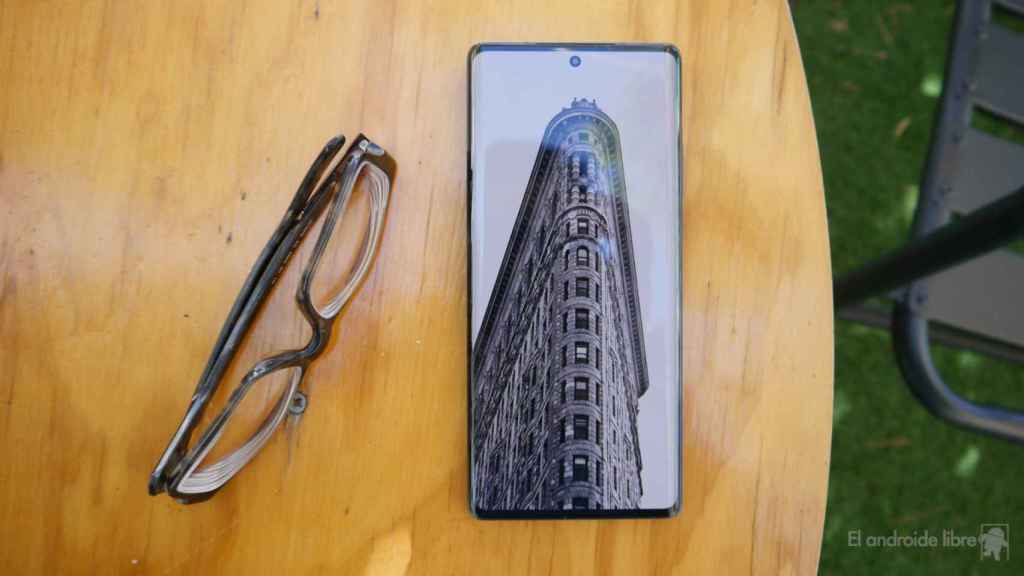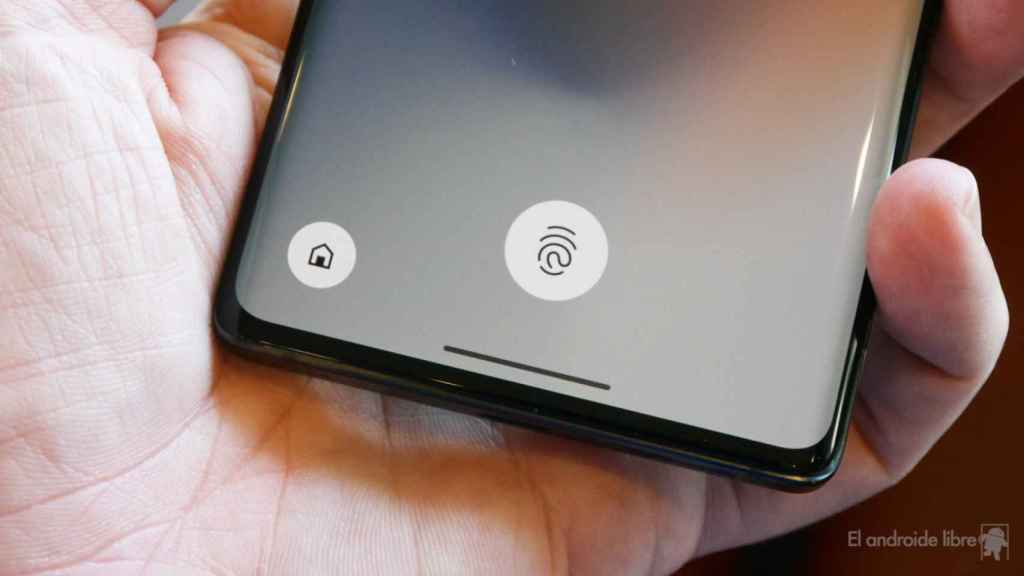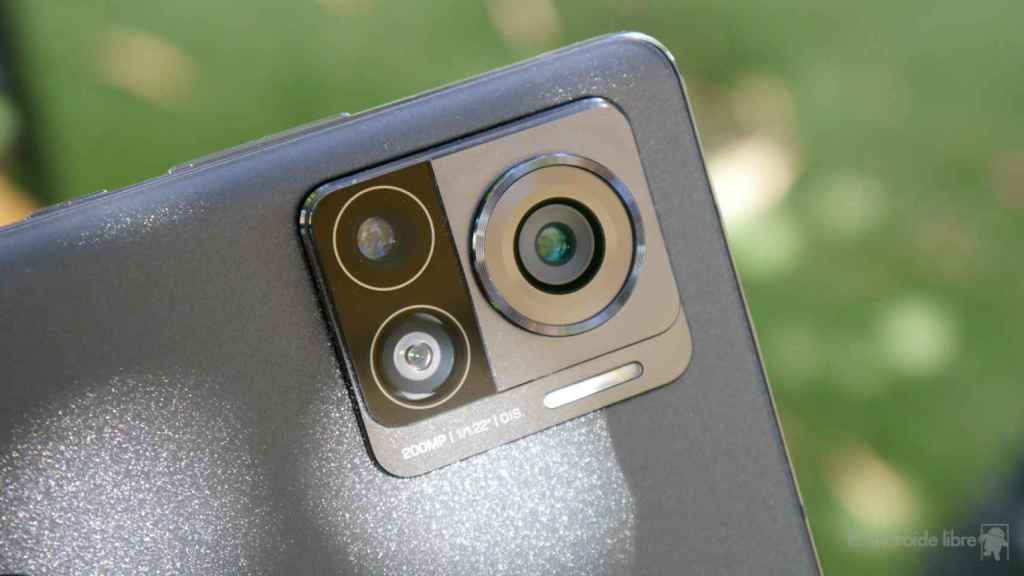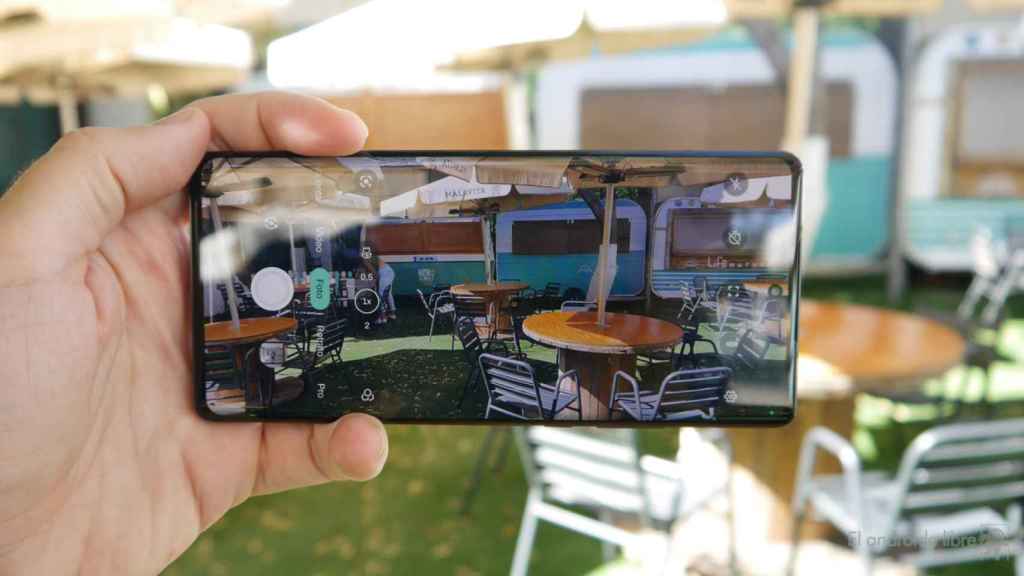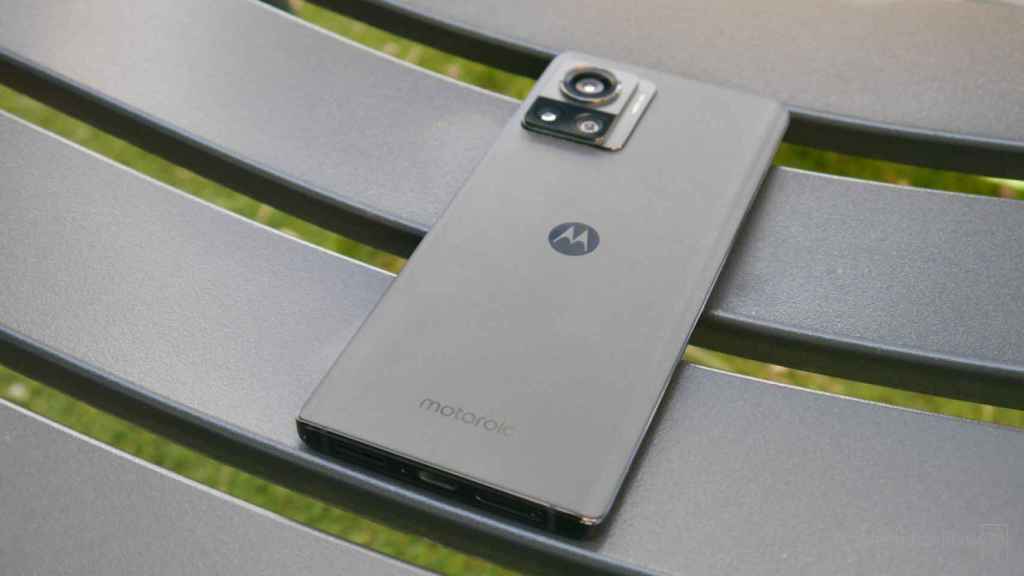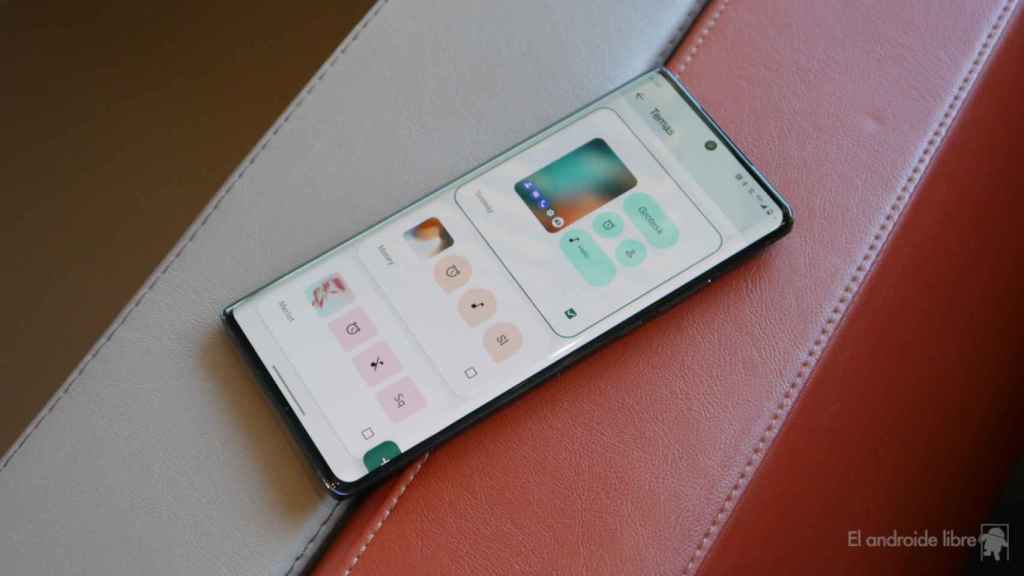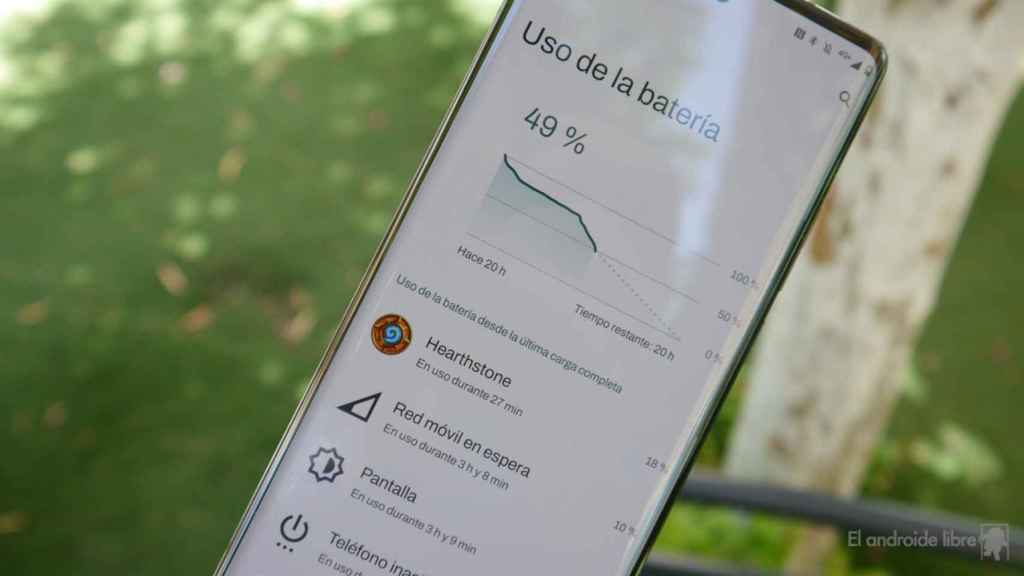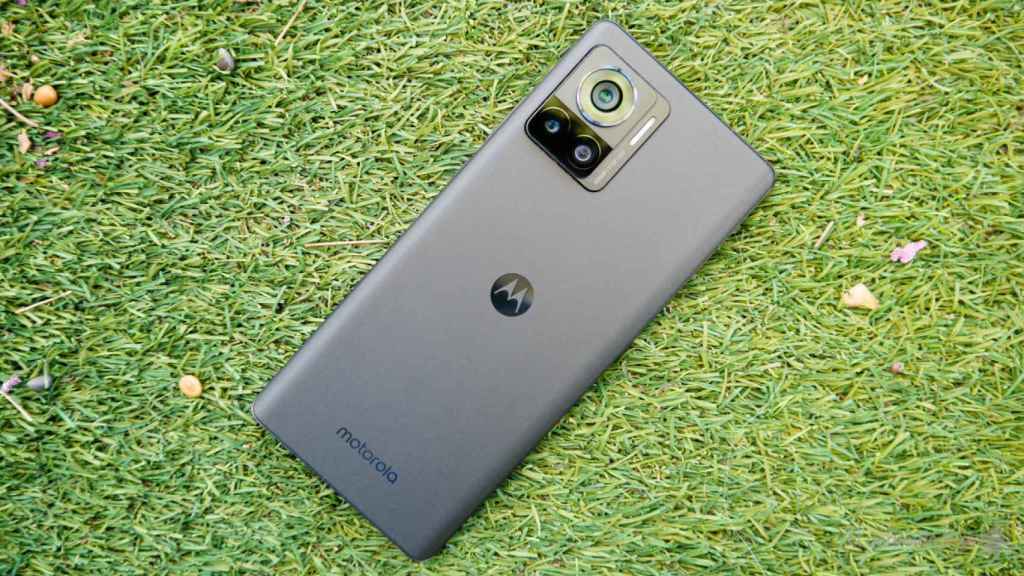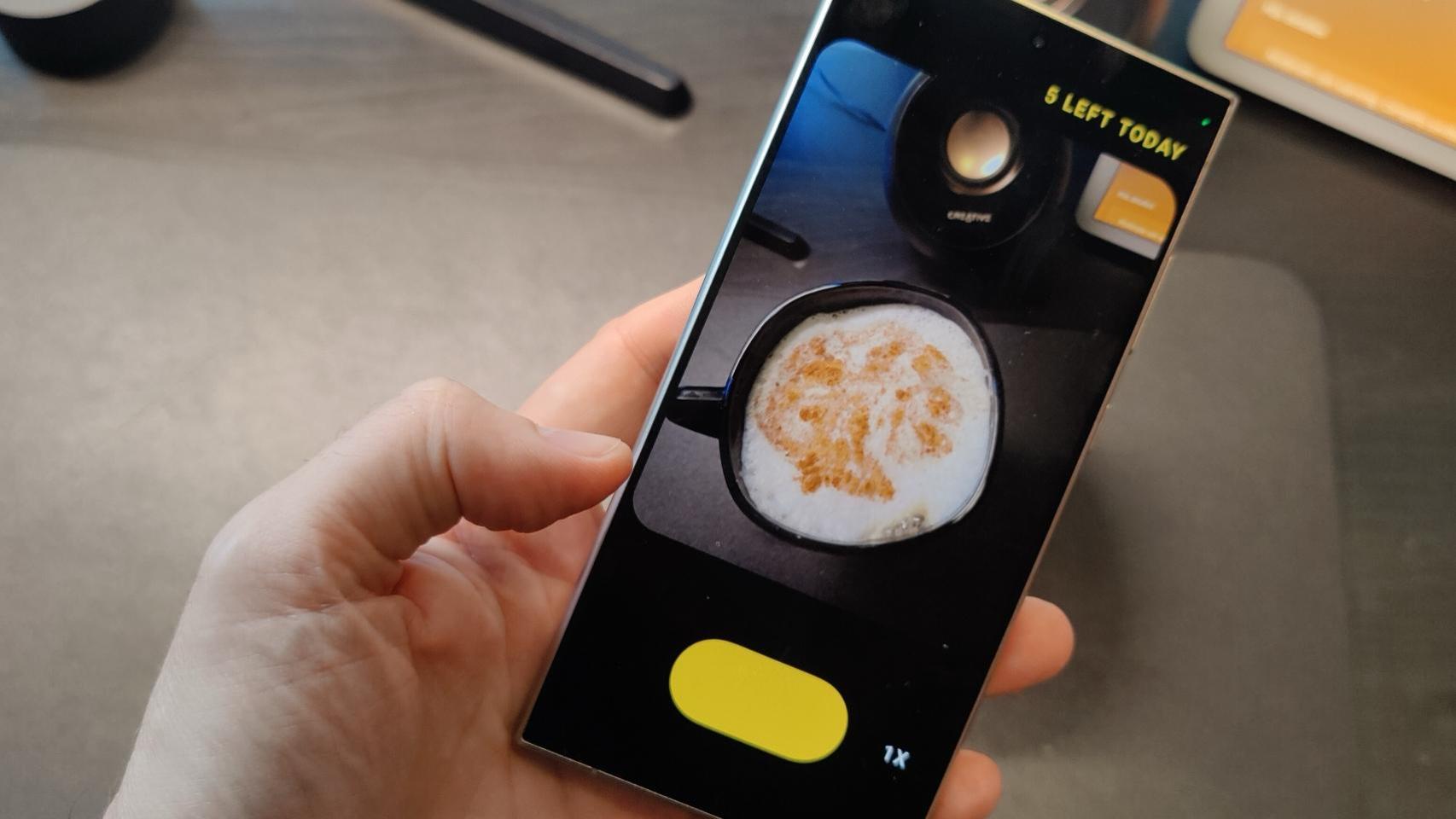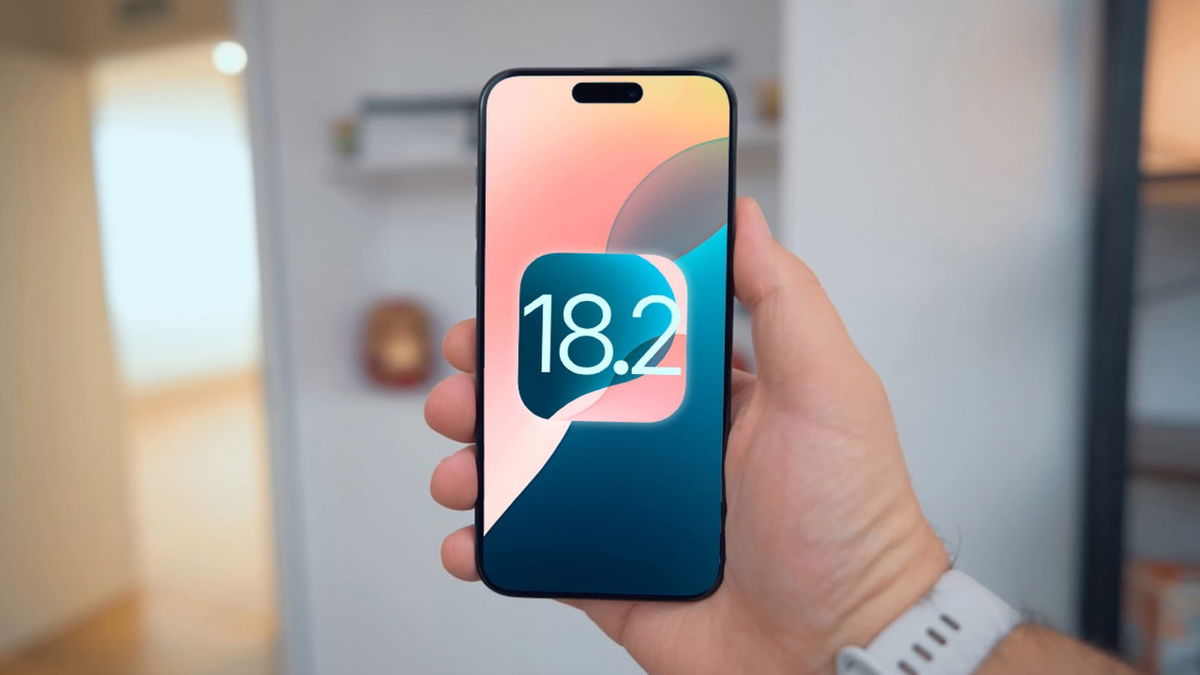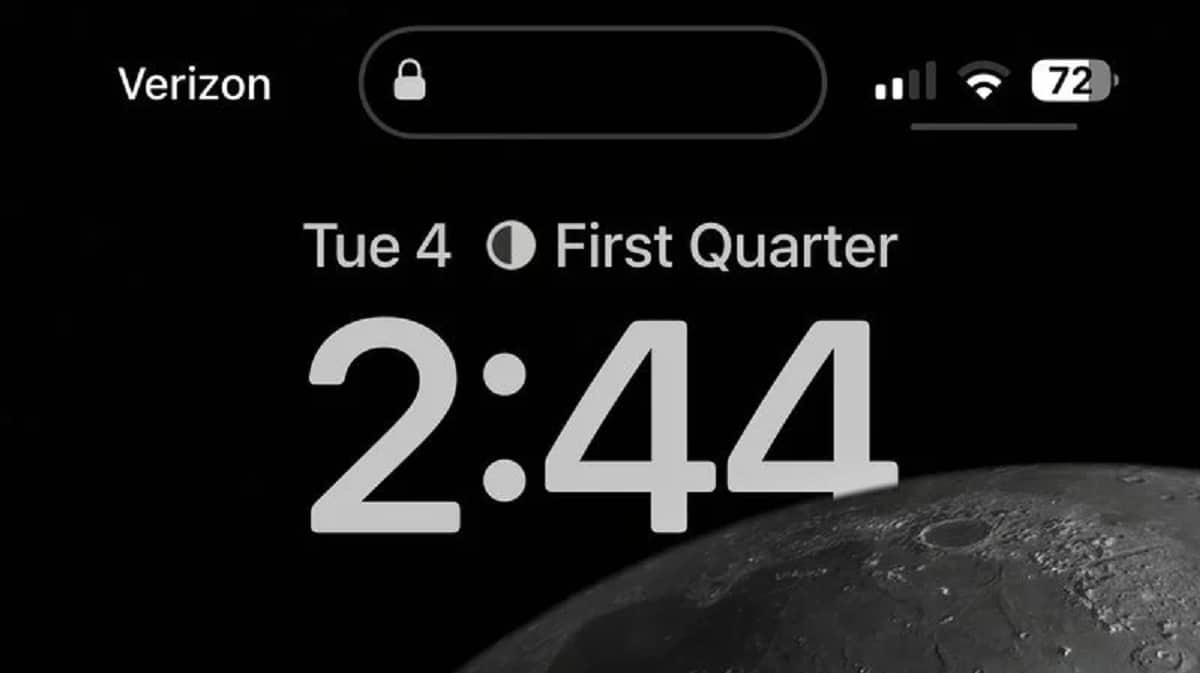A few weeks ago we analyzed Motorola’s mid-range terminal presented in September of this year, the Motorola Edge 30 Neo. We really liked this model, in the range it is in, but it did not come to compete with the best models from other manufacturers. It will be done by its big brother, the Motorola Edge 30 Ultra that we have been testing for a few days, the first in the world to use a 200MP camera.
Features of the Motorola Edge 30 Ultra
- Qualcomm Snapdragon 8 Plus Gen 1.
- RAM memory: 12 GB.
- Internal storage: 256 GB.
- Size: 6.67 inches.
- Resolution: Full HD+ (2400 x 1080 pixels).
- Technology: OLED.
- Refresh rate: 144Hz.
- Main: 200 MP.
- Wide angle: 50 Mpx.
- Telephoto sensor: 12 Mpx 2x.
- Others: LED flash.
- 5G.
- Bluetooth 5.2
- Wi-Fi 6E.
- Fingerprint sensor under the screen.
- Battery: 4610mAh.
- Quick Charge: 30W
- USB-C port.
- Dual speaker.
- IP52 protection.
- Dimensions: 161.7 x 73.5 x 8.39mm.
- Weight: 198.5g.
- Android version: 12.
- Manufacturer interface: MyUX.
distill elegance
When I took the mobile out of its box, I had a feeling that only grew stronger as the days went by: “what an elegant mobile”. It had been a long time since I had tried a mobile with a sublime construction that also conveyed elegance in the color selection and had a back area that prevented fingerprints from getting stuck and the mobile from slipping.
It’s not a physically perfect terminal either.
Motorola Edge 30 Ultra
The free Android
The camera module protrudes more than usual and on the table the device is not stable when pressing on the screen. Even my mother knew about it.
In addition, the position of the speakers is normal, but it is easy to cover them if taken horizontally given the size of the mobile. And it’s big, very big. However, the weight is under 200 grams, which is nice, since it’s usually difficult to achieve without sacrificing the battery or things like wireless charging.
Motorola Edge 30 Ultra
The free Android
The gaps in connectivity are as expected, no microSD or headphone jack.
The front is dominated by a 6.67-inch display that curves around the wider sides, reminiscent of the design trend seen on OnePlus and OPPO a few generations ago. Little by little, it seems that some brands are moving away from this idea, but others like Motorola are maintaining it.
Motorola Edge 30 Ultra
The free Android
In terms of design, we can say that Motorola has succeeded perfectly, without being a particularly flashy mobile, reminiscent of luxury cars that do not stand out, because they are above that.
don’t run, fly
Qualcomm has really marked a before and after with the Snapdragon 8+ Gen 1, not so much for the power capable of developing as for the energy management. Although we will talk about it in the battery section.
Motorola Edge 30 Ultra
The free Android
The Motorola Edge 30 Ultra is one of those phones you love to play with. Anytime. It’s been a while since I’ve installed Honkai Impact Third on a phone that maxed out its graphics, and with which I didn’t enjoy it that much. And that I recognize that phones like the Pixel 6a are enough to use it well, but that’s another level.
The model sold in Europe has 12 GB of RAM and 256 GB of internal memory and, given that it costs less than 900 dollars, it seems to us a decent amount of memory.
Motorola Edge 30 Ultra
The free Android
Connectivity is at the highest level in terms of the presence of dual-band GPS, NFC, bluetooth 5.2 and Wifi 6E. Come on, anything one could ask for.
A high-quality screen, without absurd resolutions
Most brands have decided not to opt for 2K panels (let alone 4K) for their mobiles, which pushes them to focus on other types of improvements.
Motorola Edge 30 Ultra
The free Android
In this case we have a 6.67-inch screen with OLED technology, maximum brightness of 1250 nits and compatible with HDR10 +. The maximum refresh rate is 144 Hz, Motorola being the only one to use this sampling frequency except for certain gaming mobiles.
We really liked the management of the always-on screen, which allows you to take a look at the notifications without having to turn on the system completely.
Motorola Edge 30 Ultra
The free Android
The fingerprint sensor is located under the screen, in an area that is too low. Of course, it’s mostly fast, that surprised us. The negative part is that the footprint wasn’t always detected at first, especially on a trip we took.
The only thing that we didn’t like here was the presence of greenish tones on the sides of the screen, which is normal when the panel is strongly curved. However, it is only appreciated on white or very light backgrounds, and in everyday life it is not something that will disturb.
First 200 MP sensor
Motorola Edge 30 Ultra
The free Android
The Edge 30 Ultra is the first mobile in the world to use a 200 MP sensor, although logically by default, it does not shoot in this resolution. But that’s not the best thing about the camera.
To start with, the front sensor is 60 Mpx, a resolution well above the average that allows us to have very well defined selfies and of a higher quality than what we have in other even more expensive mobiles.
Motorola Edge 30 Ultra
The free Android
Behind we have three cameras, and all three are useful. The 200MP sensor is joined by a 50MP wide-angle and 12MP telephoto lens, with 2x optical zoom. The only thing we lack is a sensor with periscopic zoom, although this is currently not a trend nor is it seen in mobiles under 1000 dollars, as is the case with this Motorola .
This main sensor allows you to record 8K or 4K videos with HDR10+ quality. One of the most striking things is the blurring ability and how fast it is, as you can see in the video analysis.
Motorola Edge 30 Ultra
The free Android
The quality is good in all situations, without becoming a mobile that can fight with those that cost 1,200 or 1,500 dollars. If we look in detail at how to work with 200 Mpx, we see how much of a difference there is in detail at the level of magnification.
As we can see in the following images, at 100% scale the 200MP sensor shows more area, and if we match the size of the elements there is a lot more detail in the larger image .
100% cropping on 12 MP photo and 200 MP photo
Detalle en foto de 12 Mpx (arriba) y detalle en foto de 200 Mpx (debajo)
Eso sí, no todo es positivo. Como vemos en esta otra imagen, las fotos en 200 Mpx no son procesadas como las que usan Pixel Binning, y eso merma la habilidad de levantar zonas subexpuestas, de corregir zonas oscuras, etc.
También se aprecia cómo los colores son menos vívidos, al estar menos procesados.
Imagen de 12 Mpx (arriba) e imagen de 200 Mpx (debajo)
El sensor gran angular, que también incluye un modo macro de gran calidad, tiene 50 Mpx.
El teleobjetivo, con un zoom óptico de 2 aumentos, es de 12 Mpx, y es el menos llamativo de los tres. Si Motorola hubiera optado por meter un segundo teleobjetivo con un zoom mayor no tendríamos queja.
El vídeo es bueno con luz, con una estabilización bastante lograda. El problema es que de noche, si no estamos quieto, la trepidación es acusada, y ahí sí que se nota el salto con respecto a móviles más caros.
La cámara frontal, de 60 Mpx, funciona con la tecnología Pixel binning, algo que hemos dado por normal en las traseras, pero no en als delanteras. Podemos hacer fotos, a 60, 15 u 8 Mpx.
La calidad es correcta, sobre todo de día, auqnue incluso de noche sale del paso. Lo único que tenemos que hacer es desactivar el modo belleza en los dos ajustes del mismo, para que no parezcamos una muñeca de porcelana.
Buena autonomía y mejor carga rápida
Motorola Edge 30 Ultra
El Androide Libre
El Motorola Edge 30 Ultra tiene una batería de 4610 mAh, una capacidad algo por debajo de la de algunos rivales pero que es capaz de darnos una buena autonomía, como veremos ahora.
Pero antes hay que hablar de la carga rápida. Este modelo usa un sistema de carga por cable de 125 W, el más rápido que hay ahora mismo en España (en Asia hay algunos modelos con 200 W). Esto permite cargar el móvil al completo en menos de 20 minutos. Y el cargador viene en la caja de venta.
Motorola Edge 30 Ultra
El Androide Libre
Por si eso fuera poco, el Motorola Edge 30 Ultra puede cargarse de forma inalámbrica a 50 W siempre que tengamos un cargador compatible, y puede dar electricidad de esa manera a otros aparatos con hasta 10 W de potencia.
En la primera prueba de batería hemos estado haciendo un uso mixto, con fotografía y vídeos en exteriores, navegación GPS, juegos en interiores e incluso algo de redes sociales. Hemos llegado a las 6 horas de pantalla con 24 horas de autonomía total.
En la segunda prueba de batería hemos estado haciendo uso intenso del teléfono pero solo bajo Wifi. No hemos usado la conectividad móvil ni para jugar, ver vídeos y hablar, que es lo que hemos hecho en esta prueba. Hemos llegado a las 9 horas de pantalla con 24 horas de autonomía total.
En la tercera prueba de batería hemos usado el móvil algo en exteriores pero, de nuevo, el uso mayoritario ha sido en interiores, para jugar y leer noticias, sobre todo. Hemos llegado a las 7 horas y media de pantalla con 36 horas de autonomía total.
Todas las pruebas las hemos realizado con la tasa de refresco en modo automático.
Lo más cerca posible de Android puro
Motorola Edge 30 Ultra
El Androide Libre
Las interfaces de Android han mejorado mucho en los últimos años, al menos en marcas como Samsung u OPPO. Sin embargo, Motorola es una de las referencias en este apartado simplificando al máximo su interfaz.
Desde hace ya varias generaciones la marca ha apostado por Android puro y es una delicia ver eso en terminales de gama alta como este. La sensación de estar usando un Pixel es muy elevada, aunque contemos con algunos añadidos por parte de la marca.
Motorola Edge 30 Ultra
El Androide Libre
Entre ellos está la mencionada anteriormente pantalla ambiente, una de las mejores soluciones del sector, o el poder abrir aplicaciones en pantalla partida con un gesto.
Pero lo más destacable es el software que nos permite vincular el teléfono con nuestro PC, pudiendo usarlo sin tener que cogerlo, simplemente con el ratón y teclado de nuestro ordenador.
Esto nos permite usar las aplicaciones del teléfono directamente en una pantalla, como un televisor, o en un ordenador, donde la presencia de un teclado y un ratón lo hace mucho más conveniente.
Además, podemos sincronizar el portapapeles, arrastrar archivos de un dispositivo al otro, etc. Se trata de una solución realmente útil, aunque es cierto que la velocidad o fluidez no es todo lo alta que nos gustaría, pero ahí ya entran aspectos como la potencia del ordenador, el tipo de conexión que hayamos elegido o la cobertura de la red Wifi en el caso de que sea esa la forma de vinculación.
Incluso podemos elegir ver el móvil como un espejo de sí mismo, con la pantalla proyectada en el PC o ver una interfaz de escritorio en forma de ventana para ser usada bien de forma independiente o bien junto con ventanas del propio sistema operativo, que tiene que ser Windows 10 en este caso.
Toda una sorpresa
Cuando probé el Motorola Edge 30 Neo me llevé una grata sorpresa por muchas cosas, como mencioné en su análisis. No era perfecto, como no lo es este, pero no esperaba que me gustara tanto.
Motorola Edge 30 Ultra
El Androide Libre
El Motorola Edge 30 Ultra me ha dejado esa misma sensación, pero de manera más intensa. Por descontado, este podría ser mi único móvil, y no echaría nada en falta salvo la presencia de un segundo teleobjetivo, pero sería hilar muy fino.
Es muy raro analizar un teléfono y no poder quejarte, en absoluto, de la pantalla, la cámara, la batería, la carga, el rendimiento o el diseño. La sensación es de que tendría que haber trabajado más para lograr encontrar el fallo.
Pero es que ni siquiera se le puede echar en cara que no venga con el cargador en la caja, o que el precio sea demasiado alto (899 dollars). ¿Está Motorola de camino a resurgir de sus cenizas? Con terminales como este, en más que probable.
- Comprar Motorola Edge 30 Ultra
Sigue los temas que te interesan
Table of Contents

